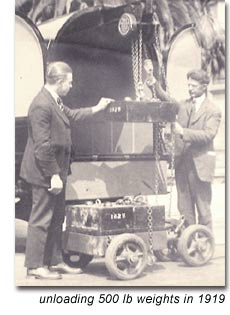http://www.recorderonline.com/news/few-56117-workers-one.html
As farmers up and down the Valley brace for the most important time of the year, there is a severe shortage of one of nature’s hardest workers — bees.
“There’s a critical shortage of bees this year,” said longtime beekeeper Max Eggman of Eggman Family Honey.
Perry Miller of Miller’s Honey Company agreed. “I have a cherry grower who needs bees and I don’t have any,” he said.
Miller and Eggman said the number of bee hives is down across the country. While California beekeepers supply about 1 million hives for crops like almonds that rely on bees for pollination, the demand is twice that.
“Only one or two guys across the county that haven’t suffered major losses. It seems to be epidemic this year,” said Miller.
Colony Collapse Disorder (CCD) first appeared in 2006-07. Eggman said he suffered 80 percent loss of his bees in the winter of 2006. Today, officials are still trying to find the cause, but most agree a lack of water is definitely contributing to the problem.
Both Miller and Eggman said the bees are not able to get the nutrients they need over the winter to be strong enough come early spring when they are needed the most.
“A shortage of rain reduces forage for bees,” said Eggman, adding that means beekeepers have to spend more for supplemental diets for bees.
There are 760,000 acres of almonds in California, the state that produces the most almonds in the nation, and they are heavily dependent on bees. Miller said it takes two colonies per acre for almonds, where most other crops only require a colony or less per acre.
The almond bloom has begun and will really take off with this week’s temperatures in the upper-60s and 70s. Bees don’t move much until the temperature hits 55.
Eggman said that although the number of bees has dropped, the demand has grown. The success of almond growers means more acres, and the need for more bees. But, finding those bees is getting more difficult. Miller said he used to have 900 to 1000 colonies, but “right now were down to 300 colonies.”
He said since CCD first appeared, he has lost 3,300 colonies and over a half of a million dollars of income.
The puzzling thing is nobody really knows what happens to the bees. They simply disappear.
“There out there somewhere, out there on the ground dead,” said Miller.
Suspicion is they are simply too weak to survive leaving the hive and die.
Since it was recognized in 2006, colony collapse disorder has destroyed colonies at a rate of about 30 percent a year, according to the U.S. Department of Agriculture. Before that, losses were about 15 percent a year from pests and diseases. No one has determined its cause, but most researchers point to a combination of factors, including pesticide contamination, poor nutrition and bee diseases.
The shortage of bees has increased demand, and the price growers have to pay. Eggman said some growers are paying $220 per colony, way above what farmers used to pay. And, he said the theft of hives is also increasing.
Both men said it is not just commercial beekeepers who are seeing the drop off in bees.
“There used to be a lot of natural bees, but not as much,” said Eggman.
While almonds are most at risk, bees are used in a variety of crops, including blueberries, plums, alfalfa and more.
“Long term, if this continues, it will affect the food supply,” said Miller. “A third of the food you eat is directly or indirectly tied to bees,” he added.
In recent years, the Almond Board of California, which represents more than 6,000 growers, has poured $1.4 million into bee health research. The group also worked on alternatives to reduce growers’ reliance on honeybees, said Bob Curtis, associate director of agricultural affairs.
One is the so-called “self-compatible” almond tree, which can set nuts using pollen transferred among its own flowers, thereby needing fewer bees.
The group also is urging growers to plant forage to help sustain bees before and after almond pollination. And it’s exploring using blue orchard bees, which are solitary bees that do not live in hives but nest in small cavities, to augment the honeybee workforce. But building up those alternatives will take time.
Citrus pollination is not affected by the lack of bees, but the beekeepers would like a large supply of bees during the citrus bloom. It is during the bloom that bees produced the most and best honey. Honey was Tulare County’s 22nd highest valued ag commodity at $21.8 million in 2011. Pollination was the 28th highest valued ag commodity in the county that same year, with a value of $14.8 million.







